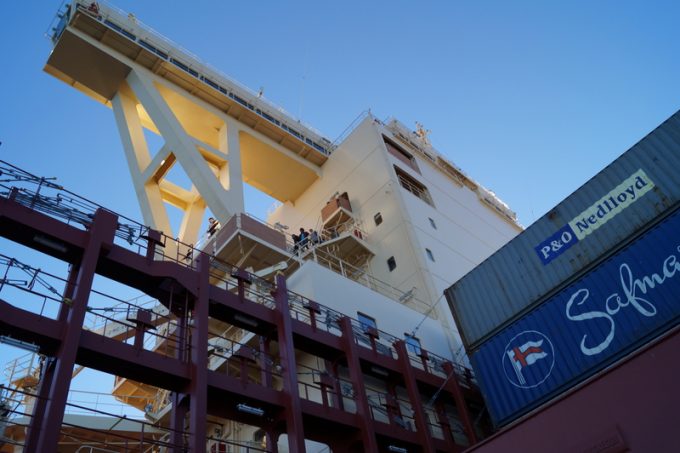Political fallout may delay Panama Ports Co sale to BlackRock-TiL
Tomorrow’s deadline for CK Hutchison to sell its 90% stake in Panama Ports Company (PPC) ...

According to Drewry there is more benefit in container lines pursuing growth through acquisition “rather than continuing to build new and larger tonnage, which the industry does not need”.
In a new white paper, Consolidation in the liner industry, the authors consider the merits, and pitfalls, of M&A activity within container shipping, but cautioned that strategy needs to be carefully through through.
After a near-decade’s lull in significant M&A activity, 2014 saw Germany’s Hapag-Lloyd acquire Chilean carrier CSAV, closely followed by compatriot ...
Volcanic disruption at Anchorage could hit transpacific airfreight operations
Macron calls for ‘suspension’ – CMA CGM's $20bn US investment in doubt
Forwarders stay cool as US 'liberation day' tariffs threaten 'global trade war'
Shippers snap up airfreight capacity to US ahead of tariff deadline
De minimis exemption on shipments from China to the US will end in May
Tighter EU import requirements proving 'a challenge' for forwarders
Looming Trump tariffs will create 'a bureaucratic monster' for Customs

Comment on this article